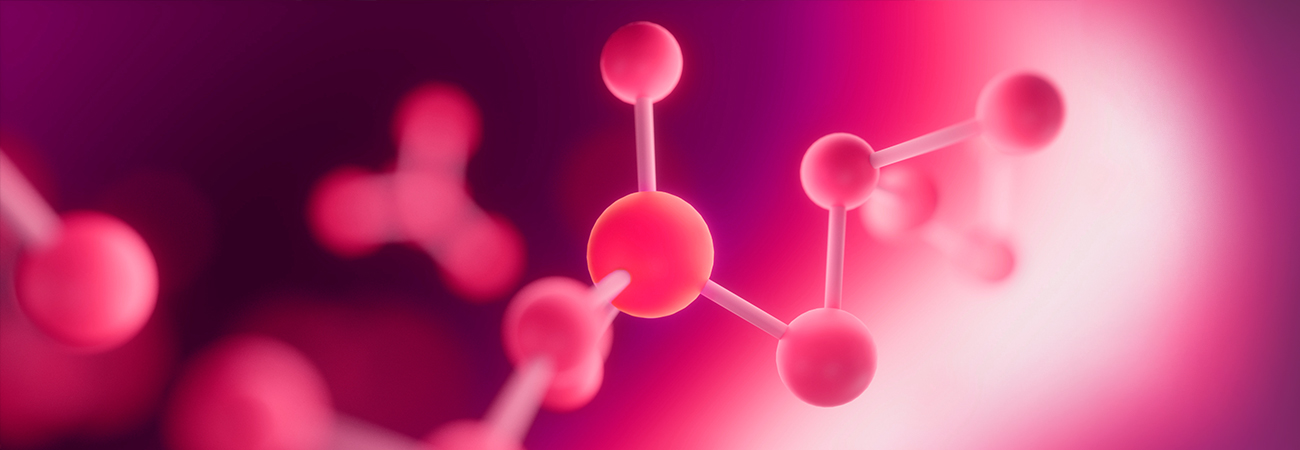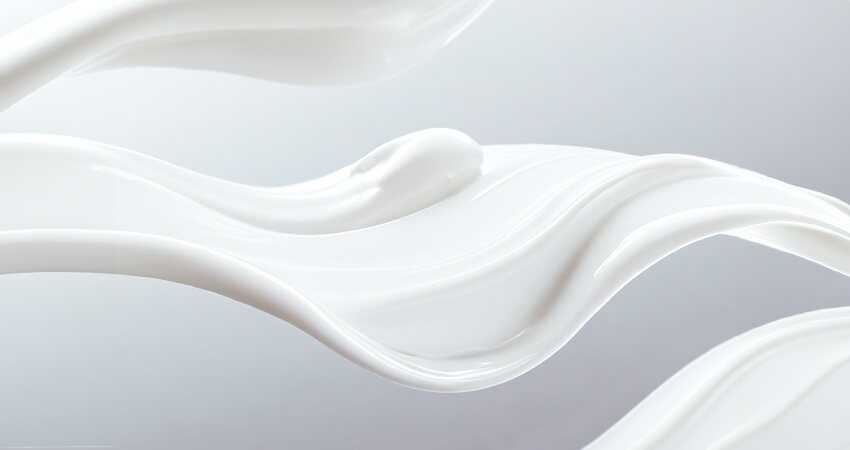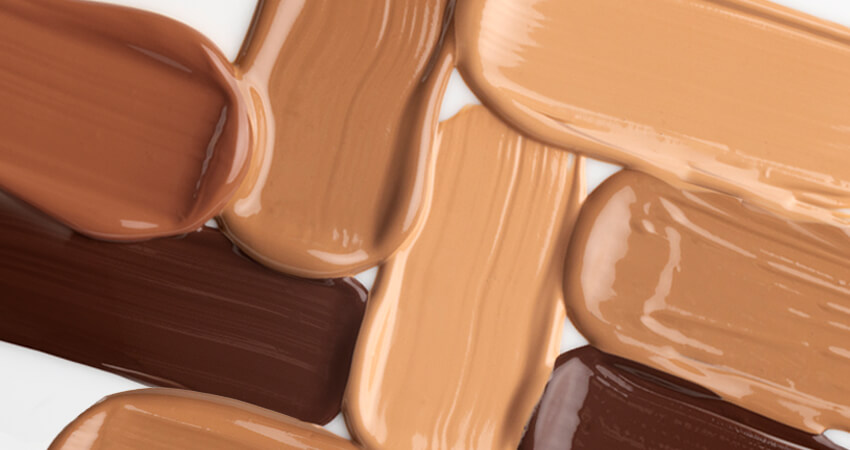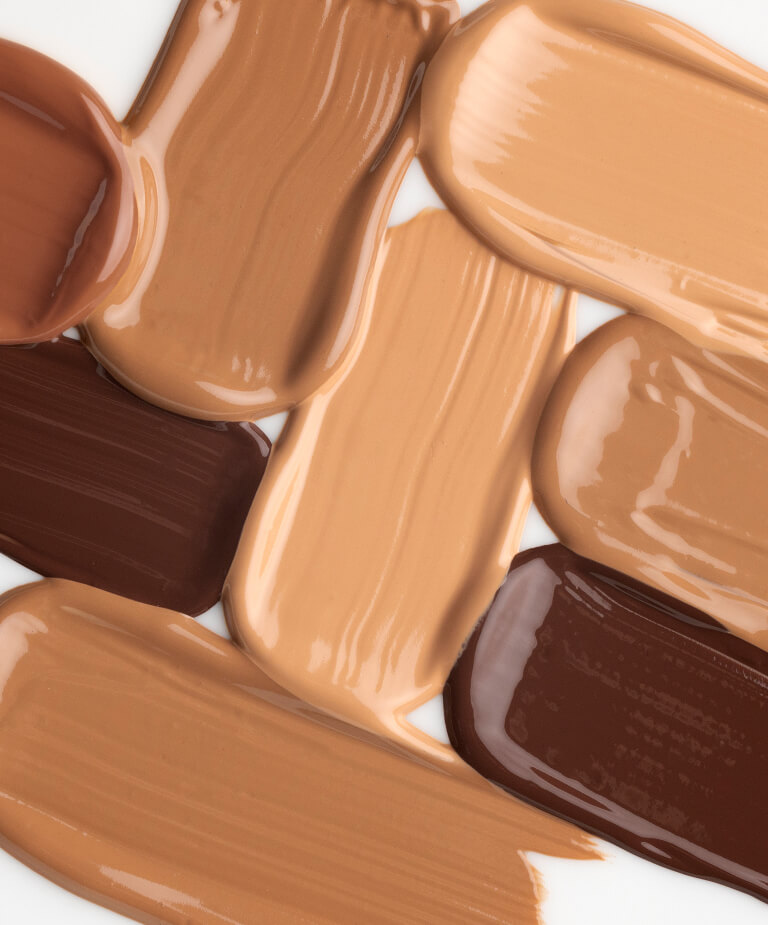COSMETICS WITHOUT PEG: PROS AND CONS
When we encounter an abbreviation in the list of ingredients of a cosmetic product, our alarm bells go off. Our nature leads us to be wary of what we don’t know, and these abbreviations trigger this defense mechanism that is innate in us humans very effectively. Therefore, reading that a foundation or a cream contains PEG followed by a number and perhaps some other difficult-to-interpret name immediately makes us think that maybe a product without that thing might be better. So, let’s try to get to know them, understand their function, and assess their safety.
What are PEGs and how are they used in cosmetics?
The acronym PEG refers to the family of polyethylene glycols that encompass many molecules sharing the same basic elements that repeat several times to form even very large polymers. The number next to the acronym roughly indicates the molecule’s size – the higher it is, the larger the molecule will be, but it also gives some clues about its consistency. PEGs with low numbers (like PEG-10) are liquid, while those with higher numbers (like PEG-150) become gradually more solid and can be used alone or in combination to achieve more or less creamy textures. Their use is widespread, especially in makeup where formulas are complex balances that must hold together very different ingredients, preventing them from separating in the bottle or on the skin. Among other functions, PEGs help maintain that balance and have few equally effective substitutes.
PEGs and their safety
European and US regulations on cosmetic ingredient safety are very stringent and place consumer safety as a primary goal, specifying for specific ingredients, conditions of use or purity that must be met. PEGs are no exception, and if used correctly, with the necessary attention to residual impurities from the synthesis process that must be minimized as much as possible, they do not pose a health risk.
PEGs, the environment, and natural alternatives
The production of PEGs involves petroleum refining, which raises some concerns among environmentally conscious consumers. The decision to use or avoid cosmetics containing PEGs depends on individual preferences. PEGs can offer numerous advantages in terms of stability, effectiveness, and application. However, some people prefer to explore more natural alternatives to reduce the use of petroleum derivatives in cosmetic products.
Art Cosmetics, constantly committed to developing new formulations, is able to offer brands the opportunity to meet the diverse global needs of each specific consumer target.





